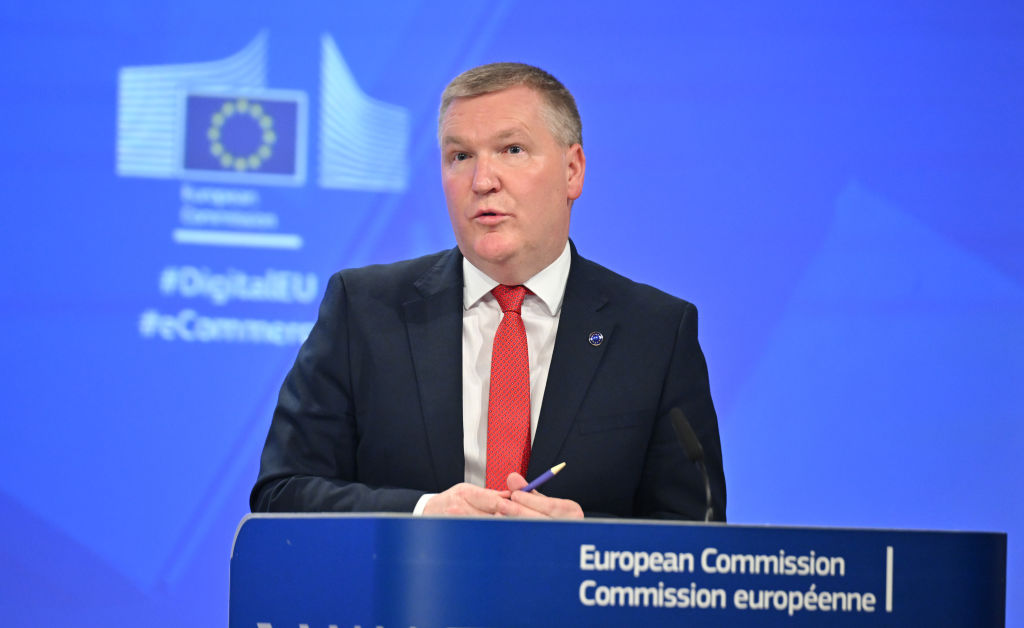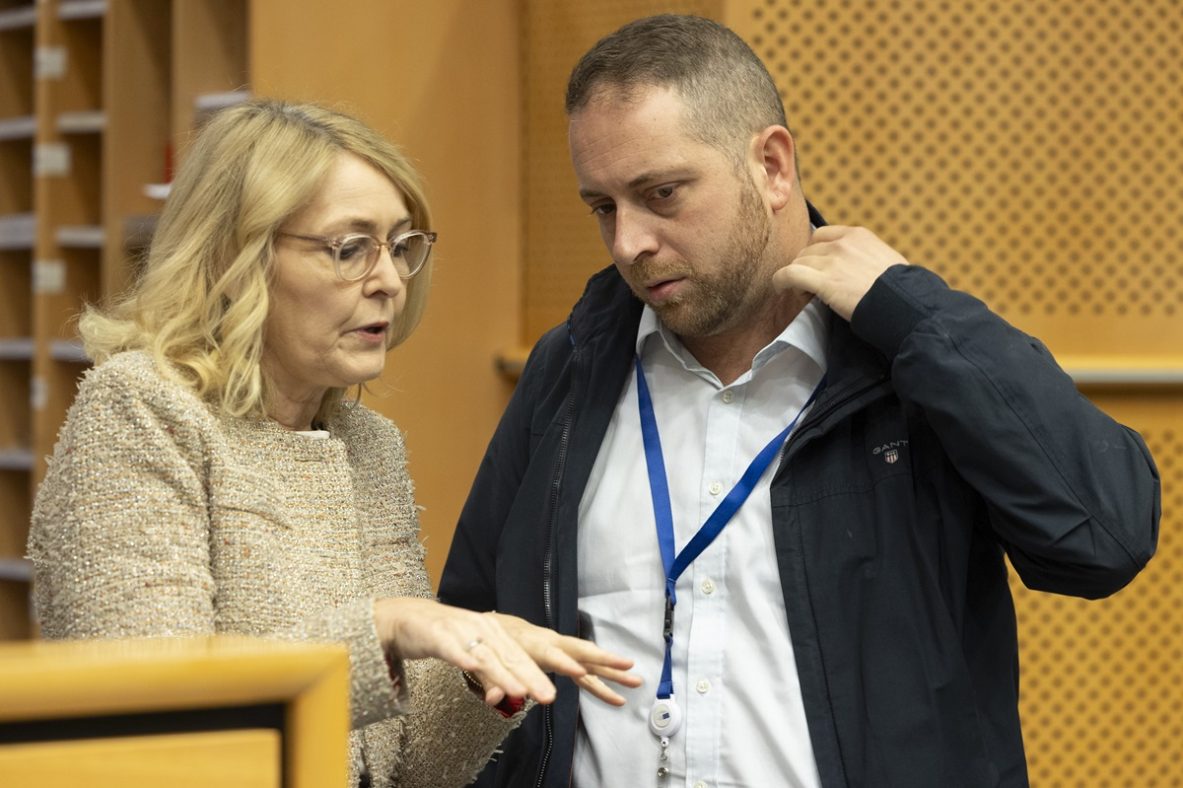Brussels pressed to keep Digital Networks Act fair, open and future-ready
As Brussels readies its Digital Networks Act, experts warn against overreach and call for balance

With just two months to go before the European Commission unveils its Digital Networks Act (DNA), the debate over whether Europe’s telecoms and tech sectors are converging – or merely collaborating – has gained renewed urgency.
The proposed law, which aims to modernise and streamline Europe’s connectivity framework, is billed as a chance to create a more integrated European telecoms market and eliminate the fragmentation that has long hindered investment and scale.
At the heart of the discussion lies a critical question: Should rules designed for telecoms be extended to cloud and content providers?
The Commission’s white paper on digital infrastructure needs and its ongoing DNA consultations point to convergence between telecoms and tech providers. Telecoms argue that this blurring of boundaries should translate into regulatory alignment.
David Abecassis, managing partner at Analysys Mason, observed that “less than one per cent of network functions are hosted on a public cloud”, noting that partnerships between operators and cloud providers “are not convergence”, as “there is no substitutability between cloud and telecoms services”.
Petra Arts, director of public policy europe at Cloudflare, echoed this view.
“There’s definitely more complementarity than substitutability in the function of a content delivery network. There is a necessary interaction between all different players, but that doesn’t mean they have to be regulated in the same way,” she said.
For Gabriele Favarò, tech and sustainability policy manager at ITI, the key is to focus on how complementarity can fuel innovation, not on rewriting rules to force convergence.
“This is more a matter of complementarity and how to make innovation more possible, rather than convergence reflected in the regulatory framework,” he said. “These are two different things – it’s more foundational in terms of what we consider within the ecosystem.”
From the telecoms side, Vodafone’s Darren Ennis called for a framework that is “future-proofed” and “fair”, stressing the need for rules that can evolve with technology.
“Whatever the DNA is, it needs to be future-proofed,” he said. “We want to see a DNA that has a level playing field and delivers networks fit for purpose.”
There is broad agreement that modernisation, simplification, and harmonisation – not duplication – should be the DNA’s guiding principles.
Open internet under pressure
One of the most contentious ideas surrounding the DNA is the proposal to introduce an IP interconnection dispute settlement mechanism, a move that many fear could reopen the debate over ‘fair share’ network fees and threaten the openness of the internet.
Thomas Lohninger, executive director of European Digital Rights at ‘epicenter.works’, warned that such a mechanism risks “applying the Open Internet Regulation on the interconnection market”, potentially distorting how data flows across networks.
“Settlement-free peering is the standard, and that’s the most efficient and best way to connect networks,” he said, stressing that decentralisation and redundancy have long made the internet resilient.
From the telecoms side, however, Romain Bonenfant of the Fédération Française des Télécoms argued that operators currently lack any leverage to negotiate with large traffic generators.
“How can a telecom operator today negotiate with one of the large traffic generators?” he asked. “They can retaliate, change the quality of service they provide, or discriminate between operators. It’s not fantasy – it’s what happened in South Korea.”
Bonenfant called for a framework enabling commercial agreements, with national regulators acting as independent arbitrators.
Others warned that the approach could backfire. Peter Alexiadis, Research Fellow at CERRE, described IP interconnection as “not amenable to a dispute resolution scenario”, saying it “doesn’t fit any of the traditional boxes” of market failure.
If introduced, he cautioned, it could be “gamed by those who control the last mile”, leading to higher prices and reduced quality for consumers.
In Italy, the issue is already causing controversy. Dalia Coffetti of Associazione Italiana Internet Provider (AIIP) said new rules classifying CDNs as electronic communications networks could create a “backdoor for the reintroduction of fair share through IP dispute resolution”, warning that “internet prices could rise for everyone” and innovation could shrink.
Enabling innovation
“We want the DNA to have an impact on the sector – to enable innovation, but also to deliver for the industry at large, for citizens and consumers,” said Peter Stuckmann, head of unit at the European Commission’s directorate for communications networks and technology. He notes that the Commission’s goal is to simplify and strengthen Europe’s connectivity ecosystem.
However, Benoît Felten of Fiberevolution challenged the notion that telecoms are under strain, citing new research by the company.
“Telecom operators are not suffering. Free cash flow is going up,” he said. “The narrative that regulation needs to radically change does not match reality.”
Consumer advocates also urged Brussels to keep end users in focus.
“Telecoms are repeatedly the number one sector on consumer complaints,” said Cláudio Teixeira from the European Consumer Organisation (BEUC). “When simplifying or harmonising rules, we shouldn’t deregulate and make it easier for those who have a lot, and harder for those who have little.”
For ECTA’s Pinar Serdengect, the DNA should strengthen – not dilute – competition. “The best market outcomes come from effective competition,” she said. “Investments happen when there is competitive pressure.”
And Microsoft’s Tomas Jakimavicius offered a note of restraint: “Let’s not create solutions for problems that do not exist. Europe is on a successful path – we need to see how DNA can truly deliver to Europeans.”
Between ambition and restraint
As the Commission prepares to unveil its proposal, one message cuts across all discussions: Europe’s digital future depends on balance.
The DNA could either become a blueprint for connectivity that is open, fair and future-ready – or risk reopening old wounds in Europe’s regulatory framework.
This article follows the policy debate “Media Partnership – Digital Networks Act: Rewriting the DNA of Europe’s Open Internet?” organised by CCIA with Euractiv as Media Partner.
(BM)




